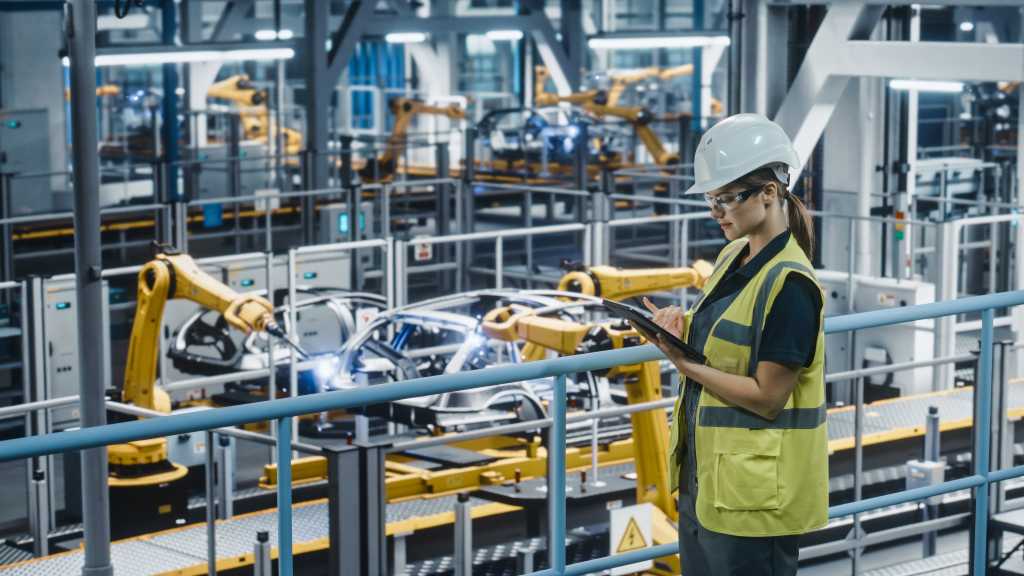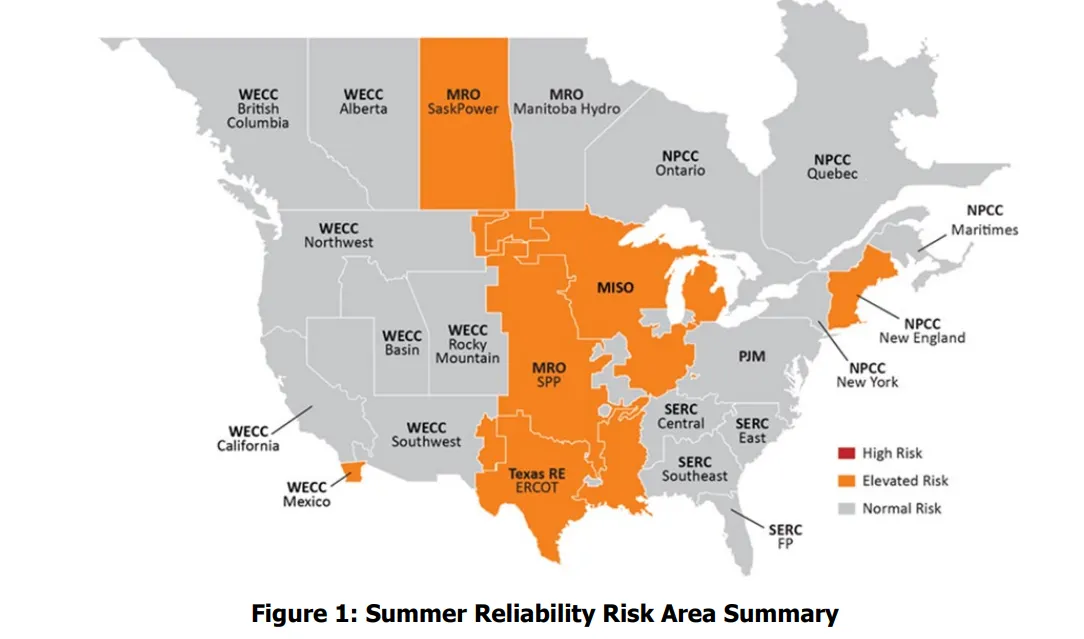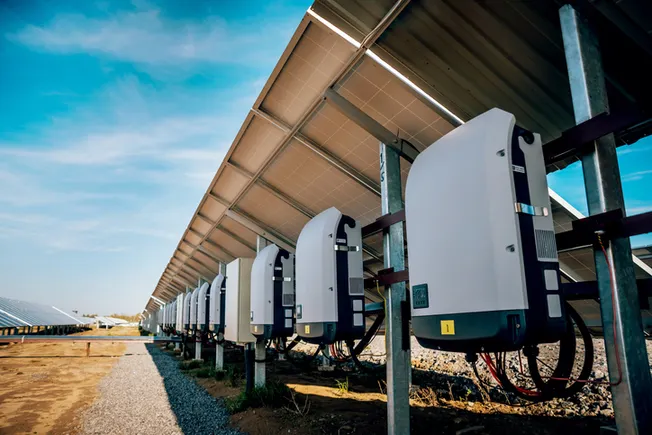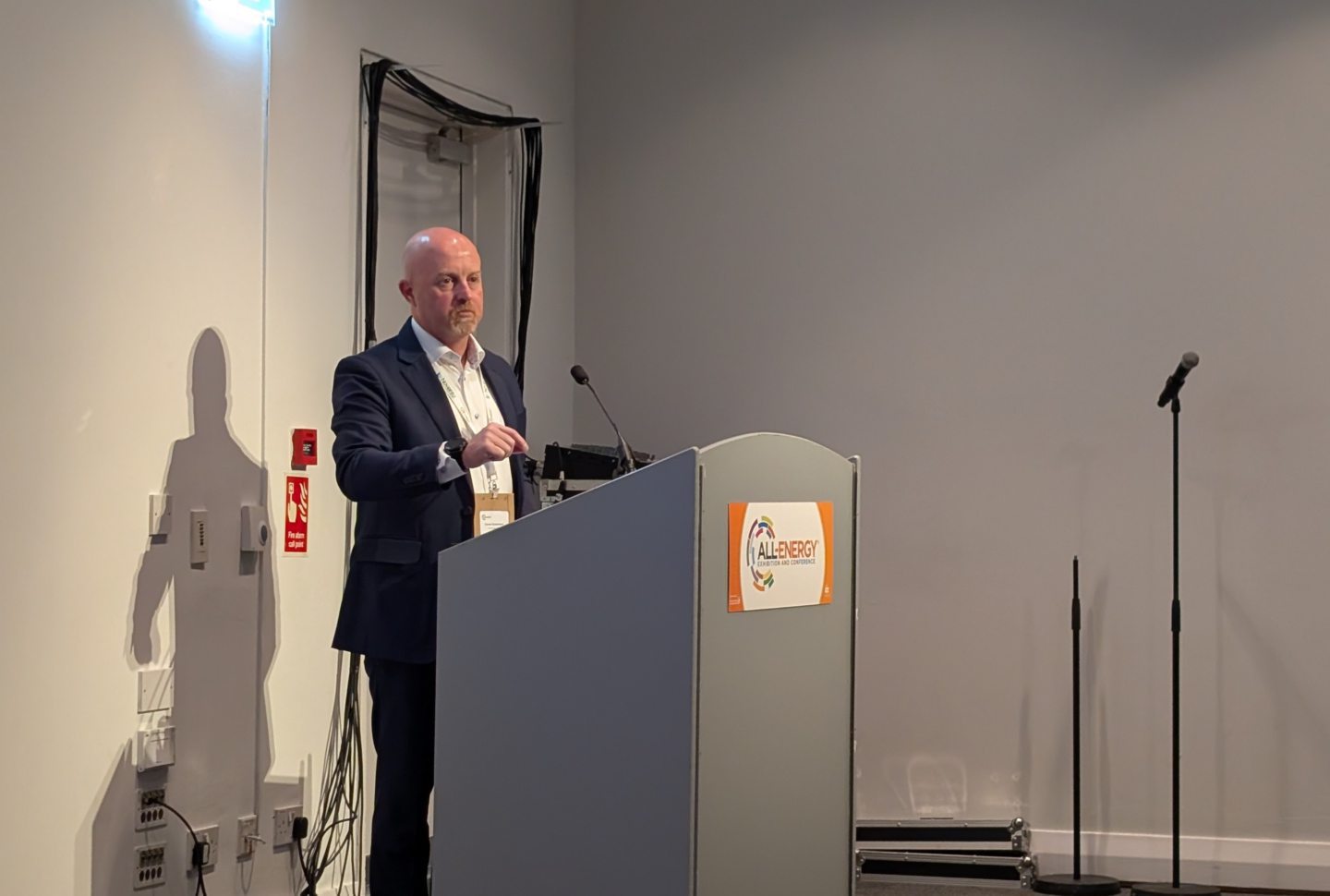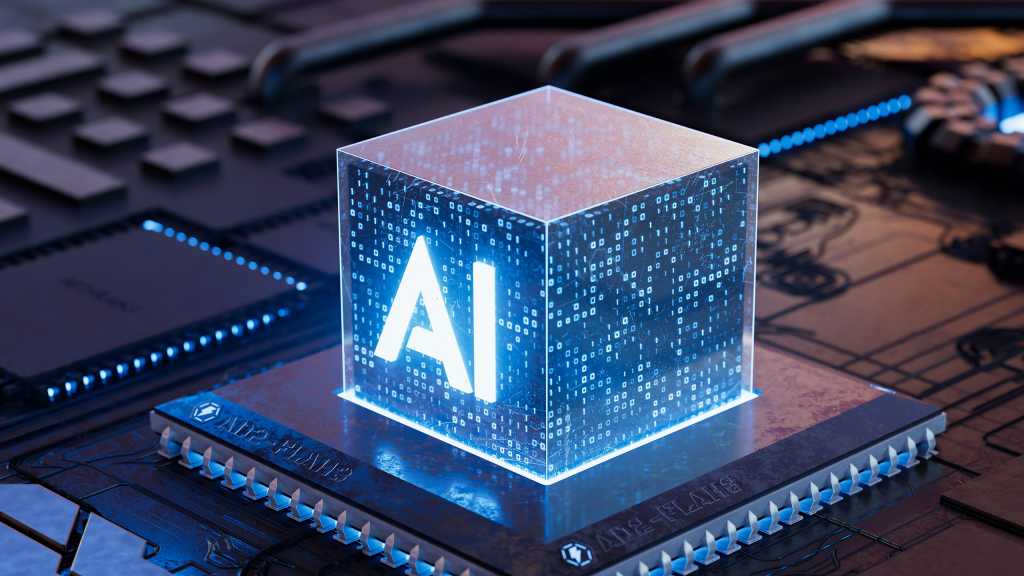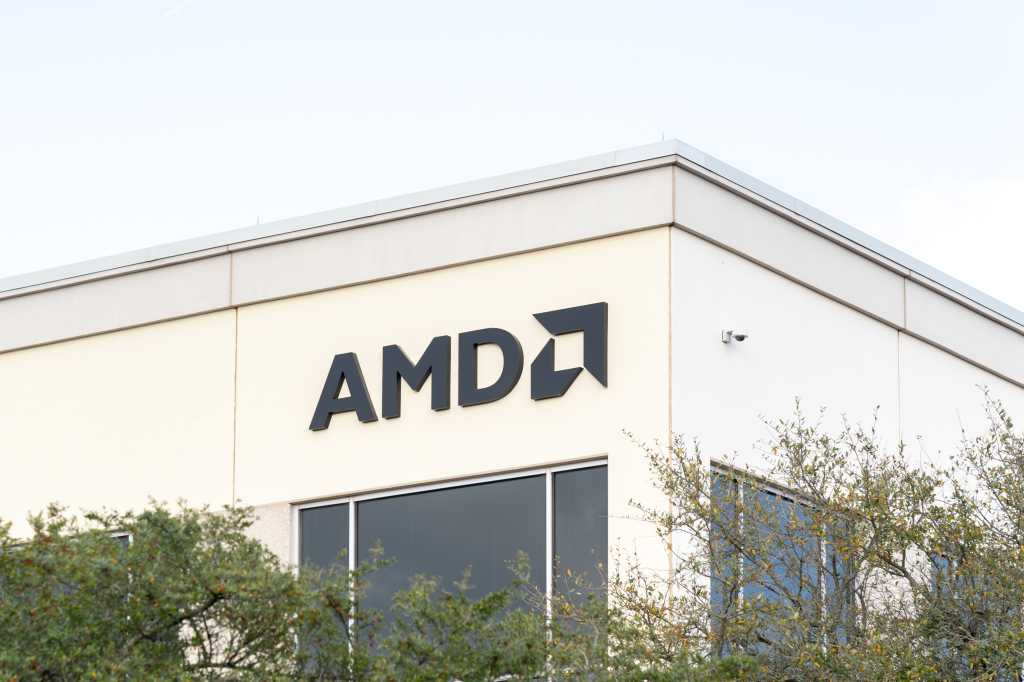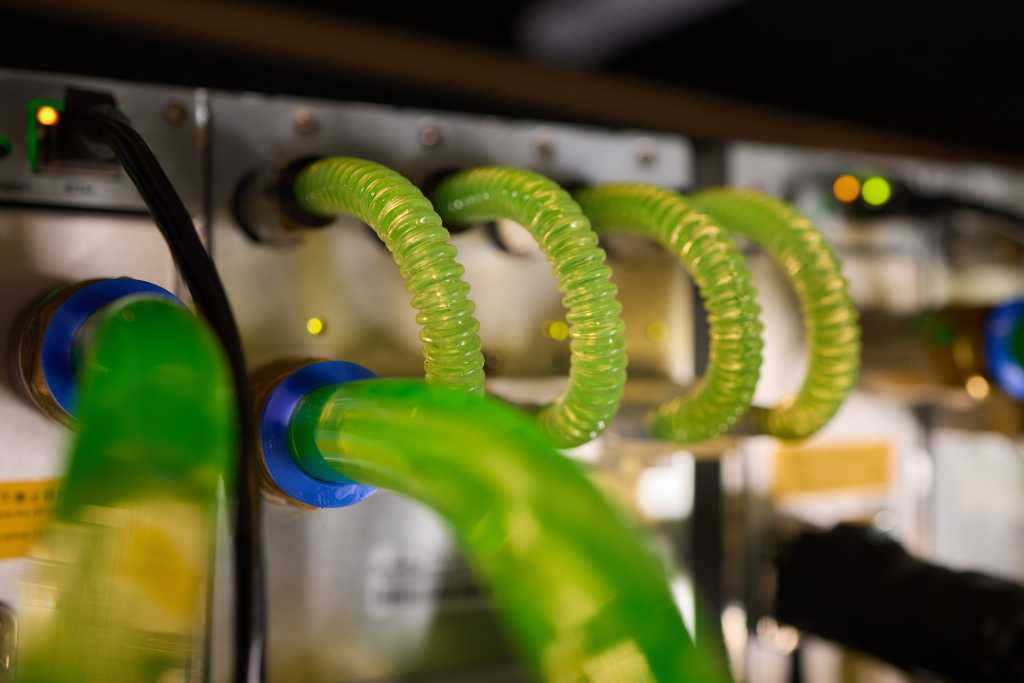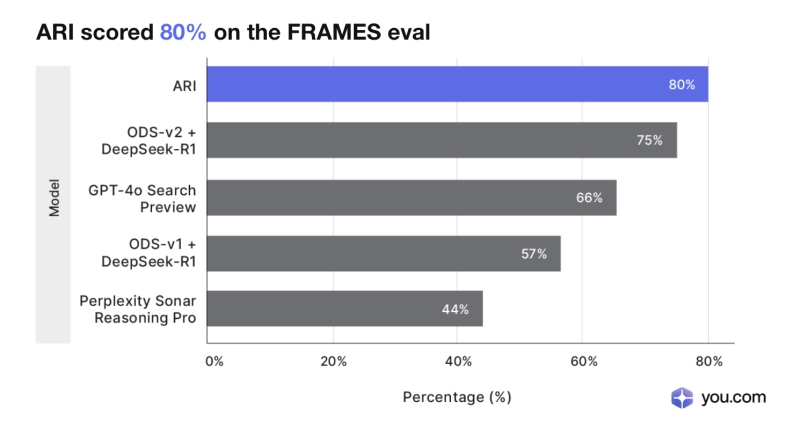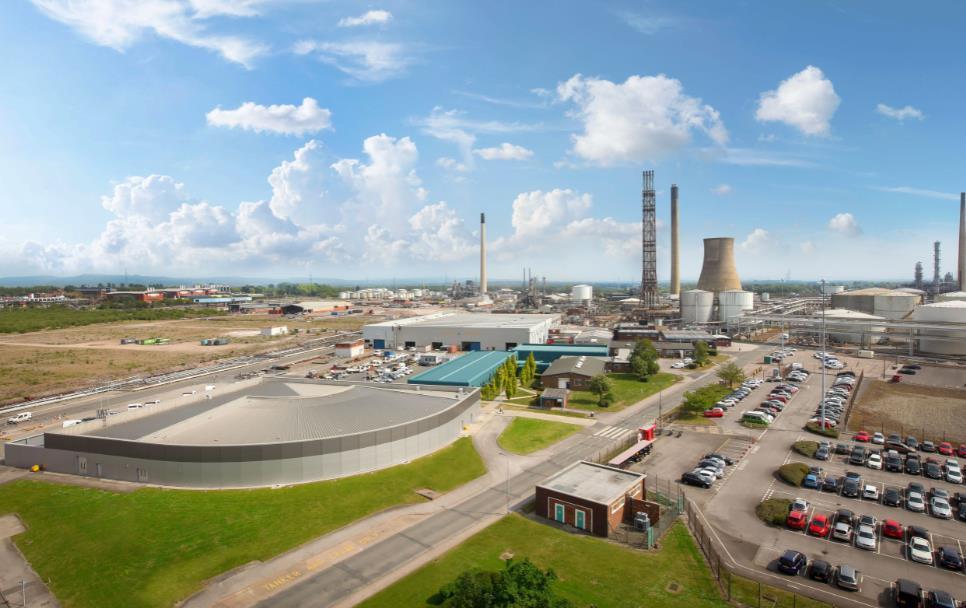
Eni has chosen ABB to be the main automation contractor for the HyNet North West carbon capture and storage (CCS) cluster, which received approval to begin construction in late April.
HyNet is one of two CCS clusters in the UK government’s Track 1 industrial decarbonisation programme.
The project centres around a network of CCS infrastructure that is expected to support several low-carbon industries in North West England and North Wales, including cement manufacturing, energy-from-waste and hydrogen production.
The project will involve both existing infrastructure that will be repurposed and new infrastructure that will be built. Emissions captured across the cluster will be stored in depleted natural gas fields in the Irish Sea, which will form part of Eni’s Liverpool Bay CCS project, financing for which was also announced last month alongside the start of construction on HyNet.
Since then, several contractors for HyNet have been announced, of which ABB is the latest.
ABB said that under the contract, it would deploy its Ability System 800xA Integrated Control and Safety System (ICSS) to manage the automation, telecoms and cyber security project scope for the transportation and storage of the captured carbon dioxide (CO2) emitted across the cluster.
“CCS has an important role to play within the current energy transition, but navigating the complexities of operating an industrial cluster is highly technical and challenging,” said ABB Energy Industries president Per Erik Holsten.
“The HyNet project is clear evidence of how business and government can combine to implement pragmatic and effective industrial policies to accelerate the energy transition,” added Eni CEO Claudio Descalzi.
“ABB’s automation expertise will be invaluable in providing an integrated and end-to-end common control solution spanning all main EPC providers involved in HyNet.”
ABB did not provide further details, such as the value of the contract.
Development of HyNet aims to reduce CO2 emissions by 10m tonnes/year by 2030 which, according to the consortium partners, will equate to a quarter of the CO2 currently emitted across the region. Phase 1 alone is expected to store 109m tonnes of CO2.
The other contractors announced to date include United Living, which will work on HyNet’s carbon capture pipeline, Rosetti Marino for the delivery of four platforms to be used for CO2 storage, and Saipem for the conversion of the Point of Ayr compression station into a CO2 electrical compression station.
The UK government estimates that the development of HyNet will unlock about £2bn worth of supply chain contracts and create around 2,000 construction jobs.




